Real estate’s tech revolution continues to shape more aspects of managing day-to-day activities. Today, marketers and potential buyers can achieve much before or without a physical meeting. This is through virtual tours and other revolutionary elements like remote online notarization. Herein, we’ll focus on real estate virtual tours.
Also read: Top Virtual Reality App Development Companies in USA
Virtual tours use simulation, typically including still images, videos, and 360-degree images. The tours could also include floor maps, text, and narration, taking a user through real estate as if they were physically inspecting the property.
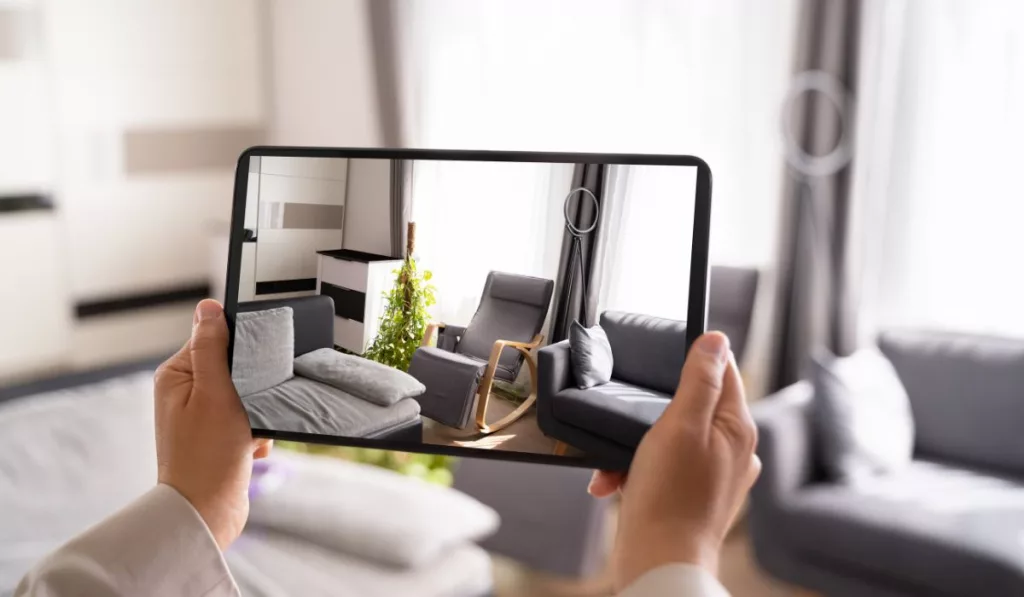
Virtual tours continue to redefine real estate marketing owing to remarkable contributions, including:
More engagements
When listing a property, what’s that one thing you can’t slack on? Visual appeal is the obvious answer. You want to capture more eyeballs and drive more interest to your listing. When browsing Hauzisha’s one bedroom for sale in Nairobi for investment listing, you’ll notice how descriptive and catchy the images used are, which is usually the first place of contact for site visitors.
Virtual tours help kick this to a whole new level. The tours provide more details than the images and text descriptions. They are immersive, virtually transporting the potential buyer into the property. The immersive experience means the buyer doesn’t have to rely on their imagination, as with text descriptions. They gather valuable details about the property almost as they would with a physical visit. This enhances the engagements, which makes it easier for real estate marketers to secure more and faster sales.
Also read: Top Virtual Reality (VR) Game Development Companies
Time and cost-effectiveness
Every marketer strives to cut their operational costs and save more time without jeopardizing the effectiveness of their campaigns. This is among the areas where real estate virtual tours continue to prove effective.
Employing virtual tours means marketers can minimize the need for physical property showings. This means you won’t spend considerable time staging a property and managing those open houses that may not generate notable interest.
You save time and money, which also applies to potential buyers. Interested buyers tour the property virtually to establish if it fits their needs and preferences, allowing them to narrow the options without physical visits. This helps improve the property hunt and buying process.
The best part is that you attract more potential buyers and quickly narrow and focus on the serious ones who show notable interest during the virtual tours. This means marketers reduce time and costs while speeding up the process by engaging more with serious potential buyers.
You may also like: 5 Unique Ways VR is Transforming eCommerce with Examples
Extensive reach
Among the most notable roles of virtual tours in real estate is the reach. Online listings revolutionized how buyers access the real estate market. Virtual tours add a layer, providing more details that text and images couldn’t relay. A potential buyer in a different country or continent can browse the properties and gather enough details to make an informed decision. They can tour the property like they would if they physically visited it, which allows marketers to reach and engage buyers from all corners of the world.
Also read: How Virtual Reality (VR) in Education is Changing Edtech Industry?
Convenient solution
Convenience is a notable benefit mainly enjoyed by buyers. This is more so for busy individuals or in different areas. Potential buyers don’t have to travel extensively to view a property they may not like. They can take a virtual tour from the convenience of their homes or offices miles away and determine which properties mark the most boxes on their checklist. The buyer can then plan the physical tour or even proceed to buy and close the deal. Such convenience saves both the buyer and marketer time and money, which is an excellent step towards economically sustainable real estate.
Also have a look at: Top Virtual Reality Headsets for Schools & VR Educational Apps
Strategic marketing
Virtual tours provide marketers with valuable analytics. They can collect data on the most viewed properties and which features generated more interest. This makes establishing the top selling points in specific properties easier, which enriches their marketing strategies.

Even better, the marketer can up their targeted marketing strategies to capture the interests of specific demographics. They can tailor the virtual tours to highlight the features and amenities that match a particular group based on their behaviors and interests.
Final Thoughts
Virtual tours give real estate marketers an edge over their competitors. The immersive nature of the tours makes the listing more entertaining and informative. This makes generating massive interest and competitive offers easier, resulting in faster and more profitable sales. Real estate virtual tours’ popularity will increase with tech advancements, including speedier internet and innovative devices.




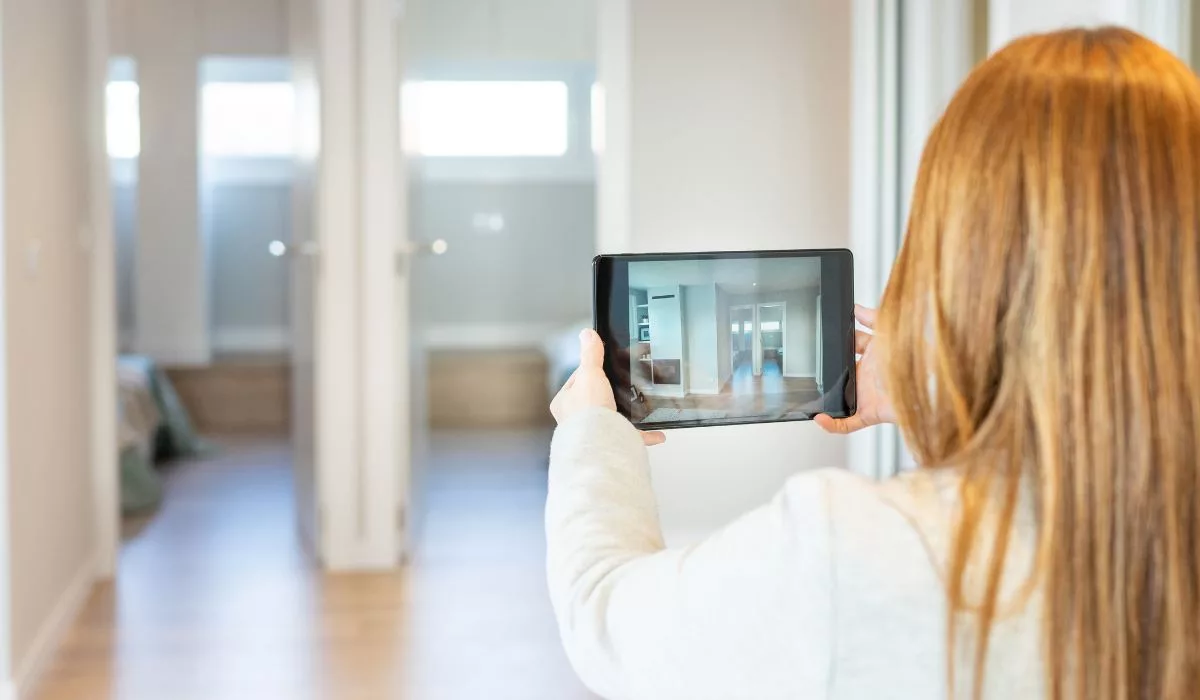

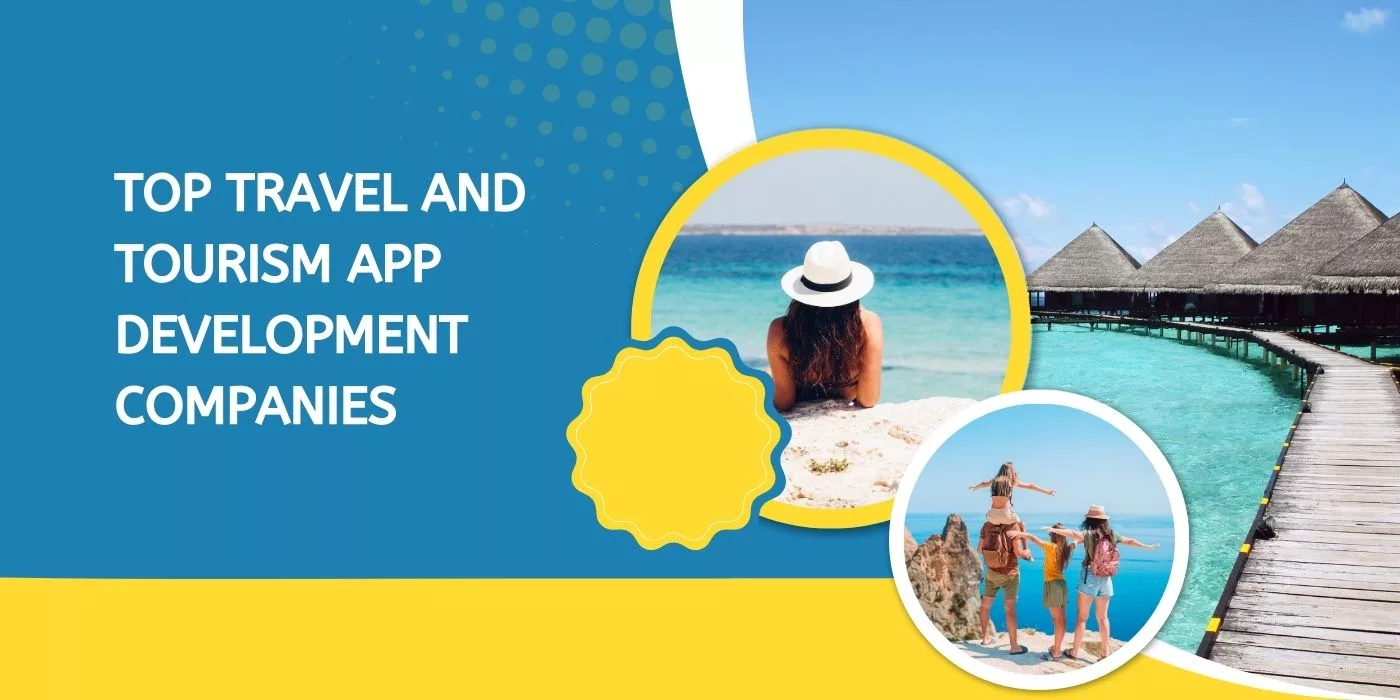
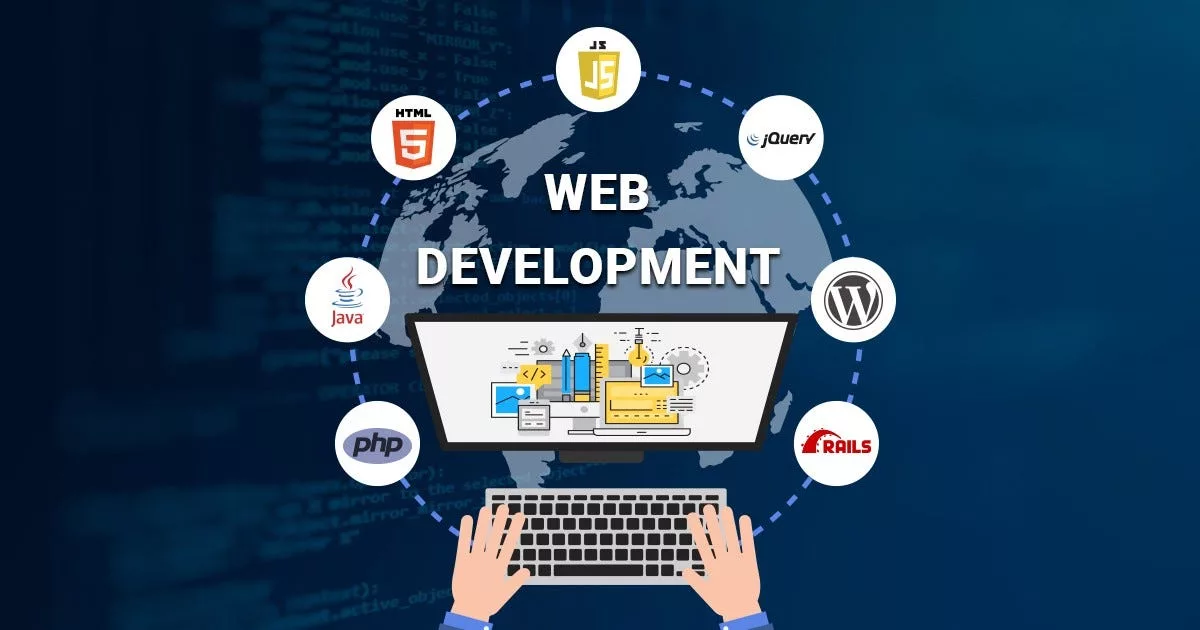
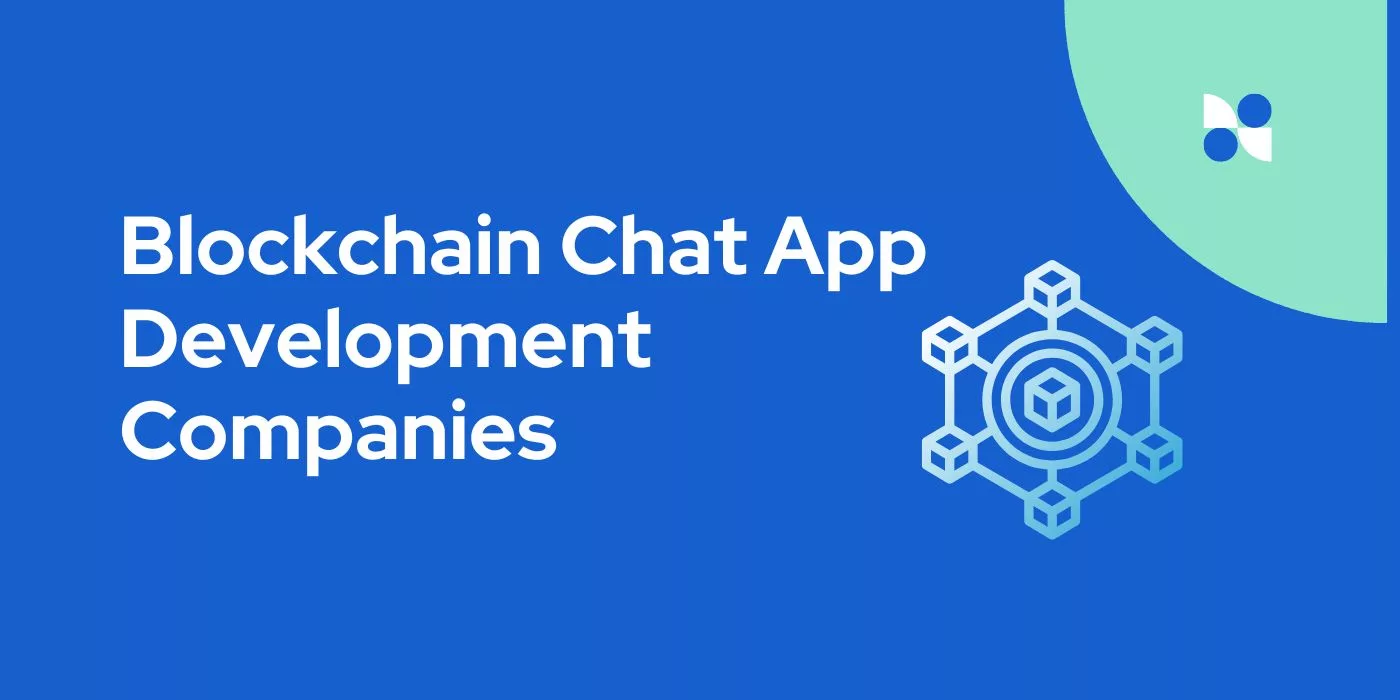
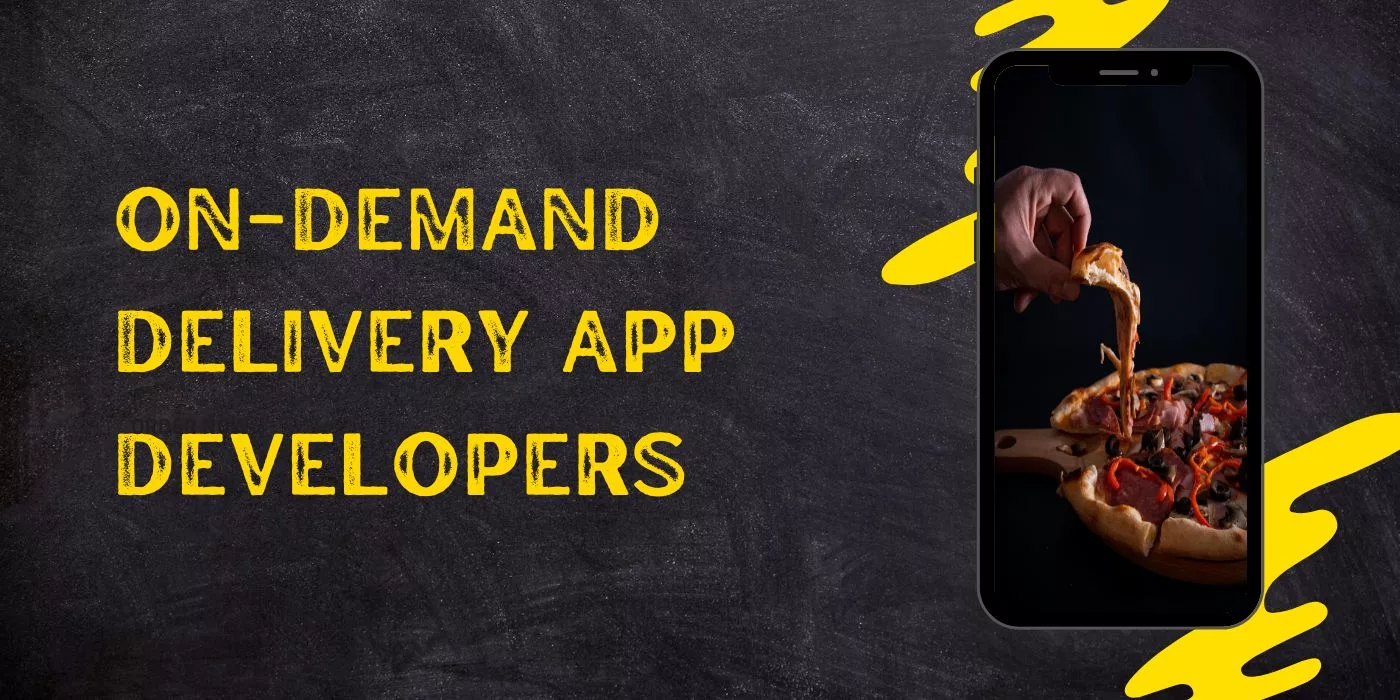
Leave a Reply